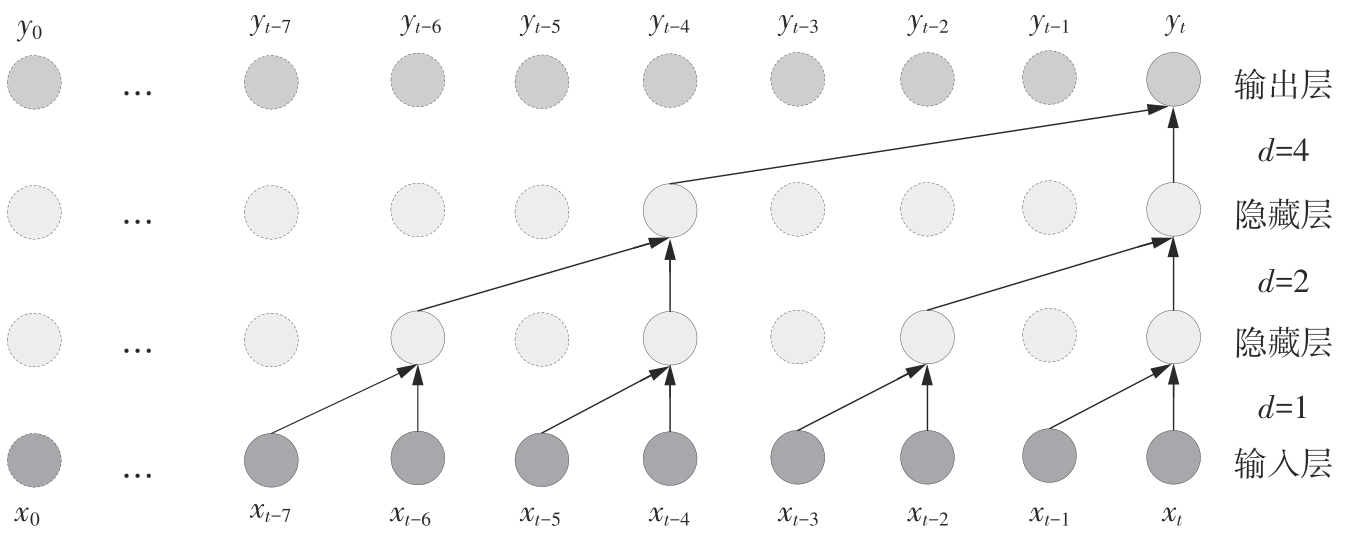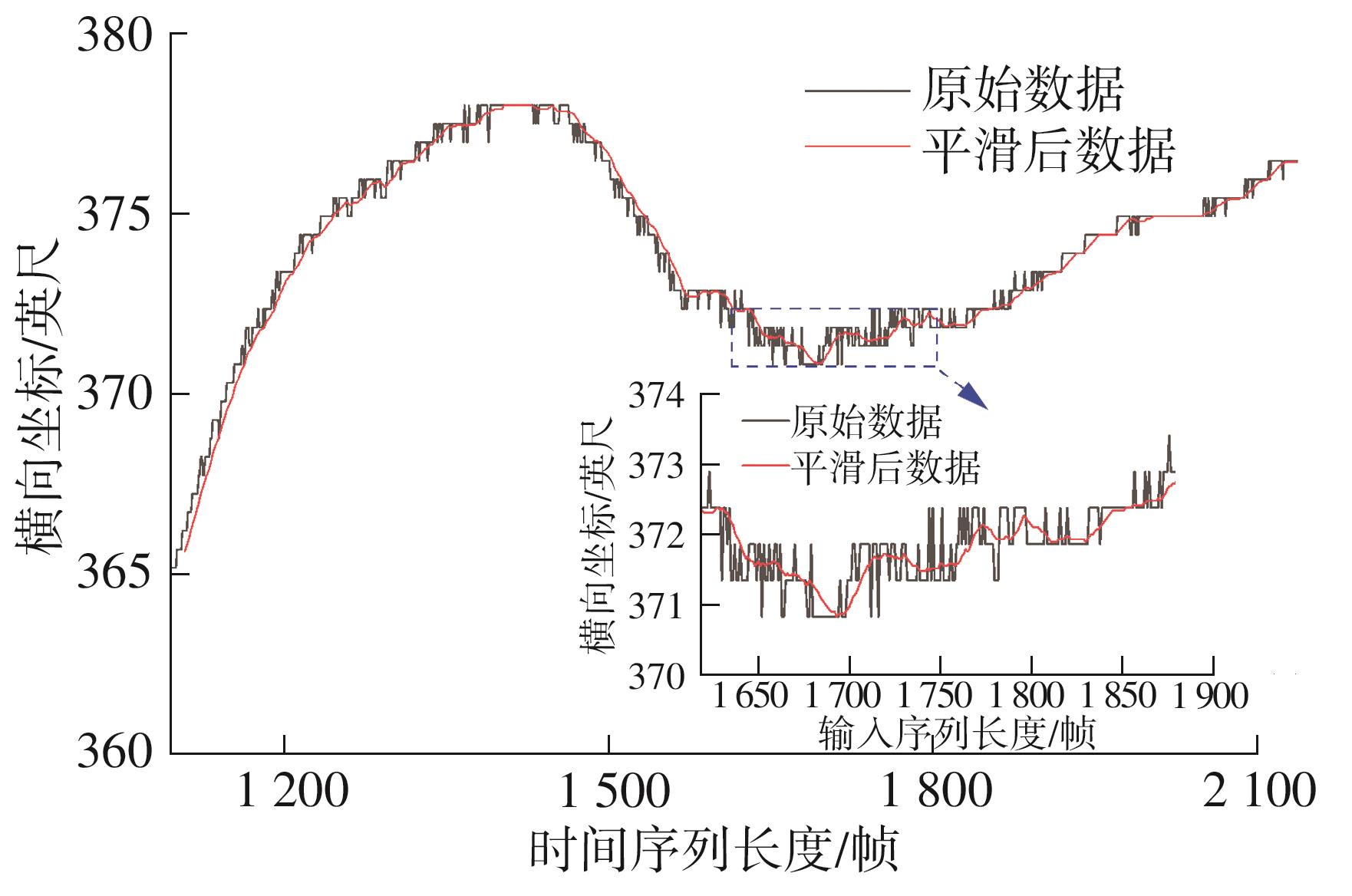| 1 |
CHEN T, SHI X, WONG Y D,et al .Predicting lane-changing risk level based on vehicles’ space-series features:a pre-emptive learning approach[J].Transportation Research Part C:Emerging Technologies,2020,116:102646/1-21.
|
| 2 |
HOU Y, EDARA P, SUN C .Situation assessment and decision making for lane change assistance using ensemble learning methods[J].Expert Systems with Applications,2015,42:3875-3882.
|
| 3 |
王亚伦 .基于驾驶意图识别的人机共驾车道保持控制系统研究[D].青岛:青岛大学,2022.
|
| 4 |
李亚秋,吴超仲,马晓凤,等 .基于EKF学习方法的BP神经网络汽车换道意图识别模型研究[J].武汉理工大学学报(交通科学与工程版),2013,37(4):843-847.
|
|
LI Yaqiu, WU Chaozhong, MA Xiaofeng,et al .A recognition model for lane change intention based on neural network with EKF algorithm[J].Journal of Wuhan University of Technology (Transportation Science & Engineering),2013,37(4):843-847.
|
| 5 |
XU G, LIU L,OU Y .Dynamic modeling of driver control strategy of lane-change behavior and trajectory planning for collision prediction[J].IEEE Transactions on Intelligent Transportation Systems,2012,13(3):1138-1155.
|
| 6 |
MCCALL J C, WIPF D P, TRIVEDI M M,et al .Lane change intent analysis using robust operators and sparse Bayesian learning[J].IEEE Transactions on Intelligent Transportation Systems,2007,8(3):431-440.
|
| 7 |
LI K, WANG X, XU Y,et al .Lane changing intention recognition based on speech recognition models[J].Transportation Research Part C:Emerging Technologies,2016,69:497-514.
|
| 8 |
彭金栓,付锐,郭应时,等 .基于驾驶人视觉特性的换道意图识别方法[J].武汉理工大学学报,2013,35(3):73-79.
|
|
PENG Jin-shuan, FU Rui, GUO Ying-shi,et al .Lane change intent identification based on drivers’ visual characteristics[J].Journal of Wuhan University of Technology,2013,35(3):73-79.
|
| 9 |
袁伟,付锐,郭应时,等 .基于视觉特性的驾驶人换道意图识别[J].中国公路学报,2013,26(4):132-138.
|
|
YUAN Wei, FU Rui, GUO Ying-shi,et al .Drivers’ lane changing intention identification based on visual characteristics[J].China Journal of Highway and Transport,2013,26(4):132-138.
|
| 10 |
商艳,朱守林,戚春华 .基于瞳孔变动视觉特征的驾驶人换道意图识别[J].计算机仿真,2020,37(8):77-81.
|
|
SHANG Yan, ZHU Shou-lin, QI Chun-hua .Driver lane change intention recognition based on pupil characteristics[J].Computer Simulation,2020,37(8):77-81.
|
| 11 |
彭金栓,付锐,邵毅明,等 .基于Logistic模型的驾驶人换道意图识别方法[J].科技导报,2014,32(14):69-73.
|
|
PENG Jinshuan, FU Rui, SHAO Yiming,et al .Lane changing intent identification based on Logistic regression model[J].Science & Technology Review,2014,32(14):69-73.
|
| 12 |
宋晓琳,曾艳兵,曹昊天,等 .基于长短期记忆网络的换道意图识别方法[J].中国公路学报,2021,34(11):236-245.
|
|
SONG Xiao-lin, ZENG Yan-bing, CAO Hao-tian .Lane change intention recognition method based on LSTM network[J].China Journal of Highway and Transport,2021,34(11):236-245.
|
| 13 |
方艺洁,廖祝华,黄浩楷,等 .多模型融合的换道意图识别研究[J].计算机工程与应用,2024,60(2):344-352.
|
|
FANG Yijie, LIAO Zhuhua, HUANG Haokai,et al .Lane change intention recognition based on multi-model fusion[J].Computer Engineering and Applications,2024,60(2):344-352.
|
| 14 |
张海伦,付锐 .高速场景相邻前车驾驶行为识别及意图预测[J].交通运输系统工程与信息,2020,20(1):40-46.
|
|
ZHANG Hai-lun, FU Rui .Driving behavior recognition and intention prediction of adjacent preceding vehicle in highway scene[J].Journal of Transportation Systems Engineering and Information Technology,2020,20(1):40-46.
|
| 15 |
张新锋,王万宝,柳欢,等 .高速动态交通场景下自动驾驶车辆换道意图识别模型研究[J].汽车技术,2023(4):8-15.
|
|
ZHANG Xinfeng, WANG Wanbao, LIU Huan,et al .Research on lane change intention recognition model of automated vehicle in high-speed dynamic traffic scenario[J].Automobile Technology,2023(4):8-15.
|
| 16 |
卢辉遒,赵枫,谢波,等 .冰雪环境下基于神经网络的驾驶人换道意图识别[J].吉林大学学报(工学版),2023,53(1):273-284.
|
|
LU Huiqiu, ZHAO Feng, XIE Bo,et al .Driver’s lane change intention recognition in snow and ice environment based on neural network[J].Journal of Jilin University (Engineering and Technology Edition),2023,53(1):273-284.
|
| 17 |
DANG R, ZHANG F, WANG J,et al .Analysis of Chinese driver’s lane change characteristic based on real vehicle tests in highway[C]∥Proceedings of the 16th International IEEE Conference on Intelligent Transportation Systems (ITSC 2013).The Hague:IEEE,2013:1917-1922.
|
| 18 |
KUMAR P, PERROLLAZ M, LEFEVRE S,et al .Learning-based approach for online lane change intention prediction[C]∥Proceedings of the 2013 IEEE Intelligent Vehicles Symposium (Ⅳ).Queensland:IEEE,2013:797-802.
|
| 19 |
GAO J, YI J, MURPHEY Y .Joint learning of video images and physiological signals for lane-changing behavior prediction[J].Transportmetrica A:Transport Science,2022,18(3):1234-1253.
|
| 20 |
王亚伦,陈焕明,赵岩 .基于条件随机场的驾驶意图识别研究[J].青岛大学学报(工程技术版),2021,36(4):88-94,114.
|
|
WANG Yalun, CHEN Huanming, ZHAO YAN .Research on driving intention recognition based on conditional random field[J].Journal of Qingdao University (Engineering & Technology Edition),2021,36(4):88-94,114.
|
| 21 |
杨志强,朱家伟,穆蕾,等 .基于高斯混合隐马尔科夫模型的自由换道识别[J].计算机系统应用,2022,31(8):388-394.
|
|
YANG Zhi-Qiang, ZHU Jia-Wei, MU Lei,et al .Recognition of free lane change based on Gaussian mixture hidden Markov model[J].Computer Systems & Applications,2022,31(8):388-394.
|
| 22 |
季学武,费聪,何祥坤,等 .基于LSTM网络的驾驶意图识别及车辆轨迹预测[J].中国公路学报,2019,32(6):34-42.
|
|
JI Xue-wu, FEI Cong, HE Xiang-kun,et al .Intention recognition and trajectory prediction for vehicles using LSTM network[J].China Journal of Highway and Transport,2019,32(6):34-42.
|
| 23 |
PARK M, JANG K, LEE J,et al .Logistic regression model for discretionary lane changing under congested traffic[J].Transportmetrica A:Transport Science,2015,11(4):333-344.
|
| 24 |
KOENIG A, REHDER T, HOHMANN S .Exact inference and learning in hybrid Bayesian Networks for lane change intention classification[C]∥Proceedings of the 2017 IEEE Intelligent Vehicles Symposium (Ⅳ).Los Angeles:IEEE,2017:1535-1540.
|
| 25 |
陈亮,冯延超,李巧茹 .基于Multi-class SVM的车辆换道行为识别模型研究[J].安全与环境学报,2020,20(1):193-199.
|
|
CHEN Liang, FENG Yan-chao, LI Qiao-ru .Probe into the multi-class SVM-based recognition model for the vehicle lane-altering behaviors[J].Journal of Safety and Environment,2020,20(1):193-199.
|
| 26 |
BAI S, KOLTER J Z, KOLTUN V .An empirical evaluation of generic convolutional and recurrent networks for sequence modeling[C]∥Proceedings of the International Conference on Learning Representations (ICLR) Workshop.Vancouver:[s. n.],2018.
|
| 27 |
ZHENG O, ABDEL A M, YUE L,et al .CitySim:a drone-based vehicle trajectory dataset for safety oriented research and digital twins[J].National Academy of Sciences:Transportation Research Board,2024,2678(4):606-621.
|
| 28 |
HE K, ZHANG X, REN S,et al .Deep residual learning for image recognition[C]∥Proceedings of the IEEE Conference on Computer Vision and Pattern Recognition.Las Vegas:IEEE,2016:770-778.
|
| 29 |
COIFMAN B, LI L .A critical evaluation of the next generation simulation (NGSIM) vehicle trajectory dataset[J].Transportation Research Part B:Methodological,2017,105:362-377.
|
| 30 |
GU X, ABDEL A M, XIANG Q,et al .Utilizing UAV video data for in-depth analysis of drivers’ crash risk at interchange merging areas[J].Accident Analysis & Prevention,2019,123:159-169.
|
 ), 王晨竹1, 项乔君1(
), 王晨竹1, 项乔君1( ), 郑欧2, 丁圣轩2
), 郑欧2, 丁圣轩2
 ), WANG Chenzhu1, XIANG Qiaojun1(
), WANG Chenzhu1, XIANG Qiaojun1( ), ZHENG Ou2, DING Shengxuan2
), ZHENG Ou2, DING Shengxuan2

























